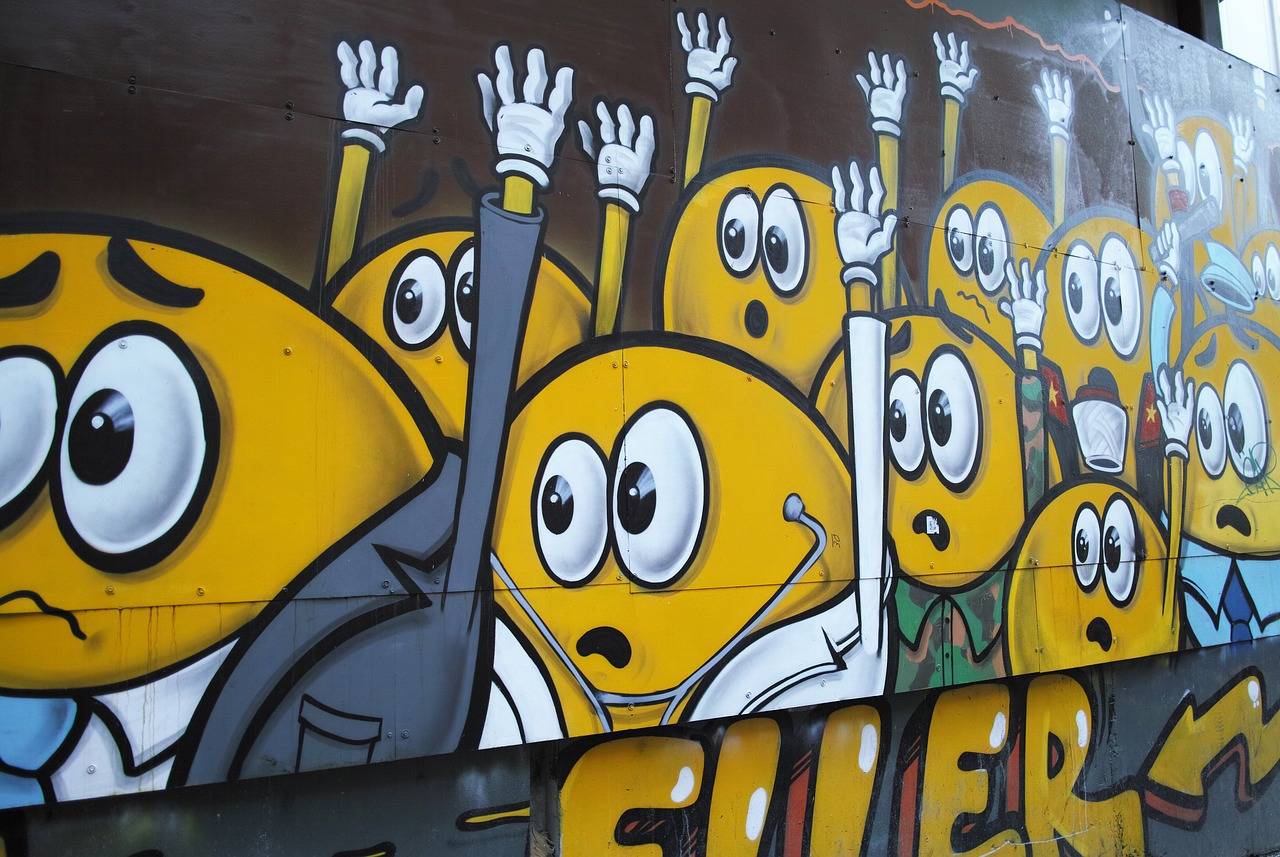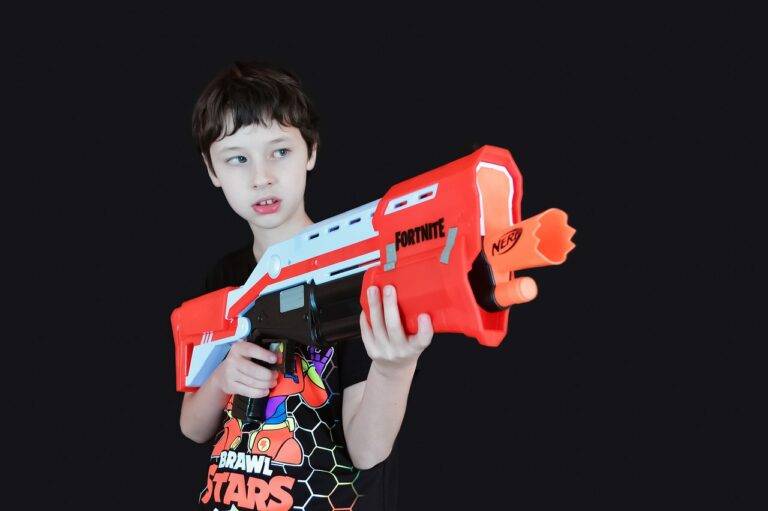Gaming and Education: The Potential of Gamification in Learning
Gamification in education offers a dynamic approach to engage students in learning activities. By incorporating game elements such as competition, rewards, and progression systems into educational content, educators can transform the traditional classroom experience into a more interactive and stimulating environment. This approach not only enhances student motivation and participation but also encourages critical thinking and problem-solving skills.
Furthermore, gamification in education can help personalize learning experiences for students. Through adaptive feedback and individualized progression paths, students can learn at their own pace and receive instant feedback on their performance. This customization leads to increased student satisfaction and a deeper understanding of the material, ultimately improving overall academic performance.
Examples of Successful Gamification in Learning
In a high school history class, a teacher implemented a gamified learning experience where students were divided into teams and tasked with completing various missions related to different eras in history. To earn points, students had to answer questions correctly, complete group activities, and participate in virtual debates. The competitive element of the game sparked engagement among students, leading to increased participation and retention of historical knowledge.
In an online language learning platform, users are rewarded with virtual badges and points for completing lessons, participating in live chat sessions, and achieving language proficiency milestones. The gamified approach not only motivates users to stay committed to their language learning journey but also provides a sense of accomplishment and progress tracking. This interactive and game-like environment has proved to be highly effective in enhancing user engagement and improving language skills.
The Role of Motivation in Gamified Learning
Motivation plays a crucial role in gamified learning environments. By incorporating elements of competition, rewards, and achievement, educators can harness the power of motivation to enhance student engagement and participation. When students are motivated to achieve goals, unlock rewards, or outperform their peers, they are more likely to stay focused and dedicated to their learning tasks.
In gamified learning, motivation serves as a driving force that encourages students to push past obstacles and challenges. The element of fun and excitement that gamified experiences provide can inspire students to actively pursue knowledge and skills. By tapping into students’ intrinsic motivation to learn and succeed, educators can create dynamic and interactive learning environments that foster a sense of accomplishment and progress.





